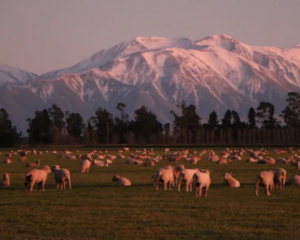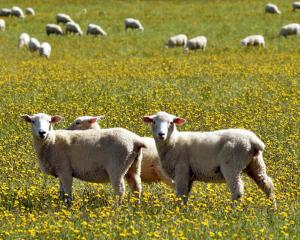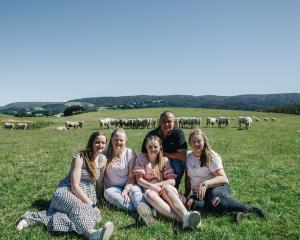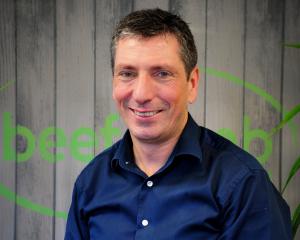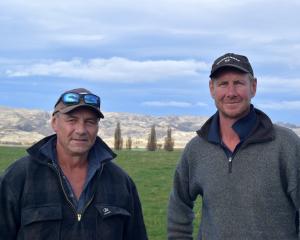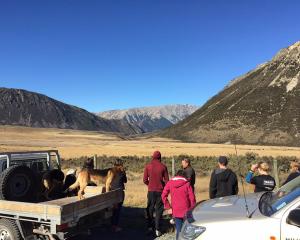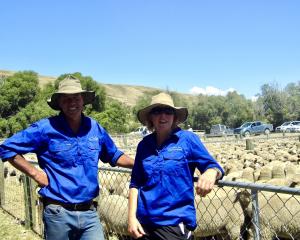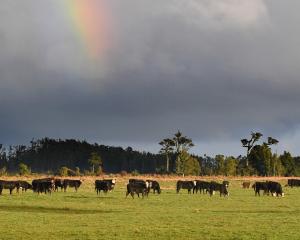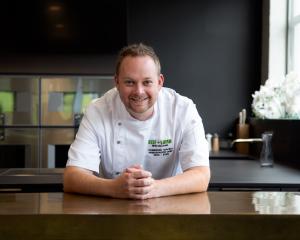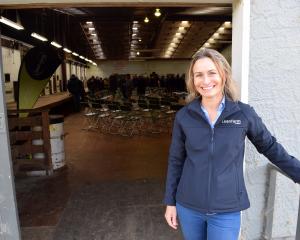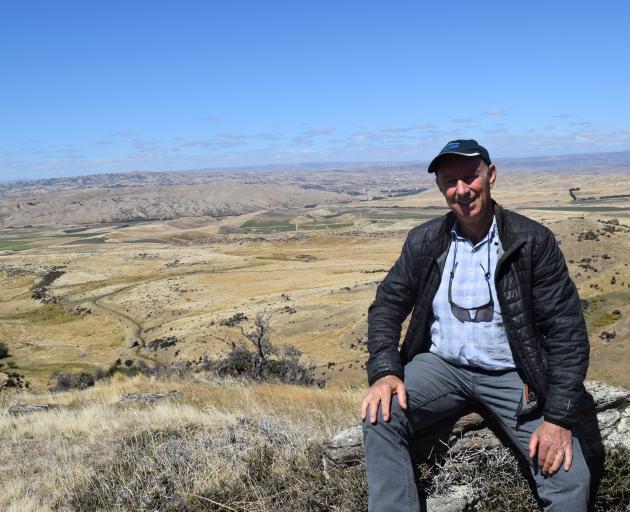
That is the message from AgFirst NZ consultant Phil Tither, of Havelock North, who said a crisis was a good time for farmers to improve their systems.
Mr Tither, who was speaking at a Beef + Lamb New Zealand field day at Matakanui Station, said sheep and beef farmers were battling low commodity prices and high interest rates.
Mr Tither, who was born in Invercargill, had been working as a consultant for Matakanui Station owners Andrew and Tracy Paterson since 2022.
A strategic review of the farm system to identify any opportunities included himself, the Patersons, an accountant, a vet, banker, agronomist and fertiliser rep.
From the review, a target was set to increase pre-tax profit of the business by $450,000.
"A big chunk of the gains we were looking for, come out of sheep," he said.
Sheep on the station accounted for about 85% of the farm revenue.
A simple way to increase revenue was to lift the body weights of ewes to produce more lambs.
The lifting of a ewe’s condition score point to 3.5 had a good payback but the question was how to create the extra nutrition required to achieve it.
"You won’t do it on old brown top," he said.
The ideas floated to increase the performance of the flock included reducing sheep numbers but it was scrapped because it would get them nowhere close to the $450,000 target.
To reach the target, more nutritious feed was needed, such as lucerne.
More fertiliser needed to be applied on hill country to stimulate growth of clovers and legumes.
Any idea needed to produce a 15% return on investment.
"If it didn’t achieve that then we didn’t have the confidence to proceed."
He had crunched some data and believed the station would have earned more per kg from meat producers if it had supplied steers with mixed breeding this season rather than supplying straight Hereford steers to chase premiums for intramuscular fat.
If the market was unable to sustain "a true premium" then meat processing companies needed to tell farmers so they could stop chasing premiums and change their system and make more profit.
"I think it is important companies know what premium is required to really drive these systems or they can’t be sustained."
He urged farmers to use hybrid vigour and farm cattle of mixed breeds.
"It is a free lunch," he said.
Mr Paterson said he was "forever hopeful" of being able to produce straight Hereford cattle for a reasonable price and being paid a premium for it.
He had been chasing producing more intramuscular fat in his herd but it took time and money to change a team of bulls and for those traits to be expressed in a herd.
"It is not fast but I believe we are on the right track."
He was not measuring levels of intramuscular fat in his replacement Hereford heifers due to the cost to scan for the trait.
"At the moment we are just relying on the bull at breeding."
Beef + Lamb livestock genetics specialist Jason Archer, who was in the audience, said he had crunched some data and the cost to scan the heifer equated to buying a bull with an extra 0.4 estimated breeding value for intramuscular fat.
Mr Paterson said Mr Tither suggested his farm system needed simplifying and scanning heifers could require more staff.
"It is something to consider but we are trying to make the operation simpler," Mr Paterson said.
Another ongoing debate about the system on the station was if profitability would improve by replacing some cows and heifers for sheep.
Mr Paterson said of a plan to bring on 5000 more fine-wool hoggets for the winter but rain was needed first to grow some covers.
The hill-country was the "engine room" of the station.
In past tough economic times, he had stopped spreading fertiliser on higher terrain and moved stock to flat, irrigated paddocks.
"The engine room got sick."
Money was borrowed to buy sulphur and lime to spread across higher terrain so stock could return to graze.


